A diagnosis of celiac disease changed our daily life. Suddenly, we needed a gluten free kitchen. At first, the process seemed daunting. If you are in the same boat, check out our tips, and you will know how to make your kitchen gluten free too.
Now that we have a gluten-free kitchen, our life as it relates to food is so much easier. It started with a big learning curve.
First, we needed to understand celiac disease (spelled coeliac in New Zealand, where we live). A diagnosis of Celiac disease comes with a lifelong gluten-free diet.
This isn’t the trendy gluten-free diet that seems popular today. Celiac is a gluten-based autoimmune disease that affects every aspect of life, but none as dramatically as food. Ingesting the tiniest speck of gluten begins to cause damage to a person with celiac disease, even when they still “feel fine.”
A rigid gluten-free diet prevents a life of complications.
Read on, and we will tell you all that we did to create our gluten free kitchen.
What is it like having celiac disease?
One of the best ways to understand what it’s like to live as a celiac is to speak directly with someone with the disease. This short documentary by Sarah Albom (for Coeliac New Zealand) does exactly that.
Don’t Pass the Bread follows several people with celiac disease. It highlights the impacts to their life from a diagnosis with the gluten-based autoimmune disease.
How to make your kitchen gluten free
- Don’t plan to do it all at once, start by creating a gluten free work area. Creating a gluten-free kitchen can be a daunting task if you try to do it all at once.
- Deep clean every surface. Be sure to get into the corners and all the little nooks and crannies.
- Empty and clean the refrigerator, pantry, cabinets, and drawers. Check labels (see below) and wipe the surface of any item you will keep before returning it to the cabinet.
- Don’t be afraid to write on your items, so friends don’t mess up your plan for a completely gluten free kitchen.
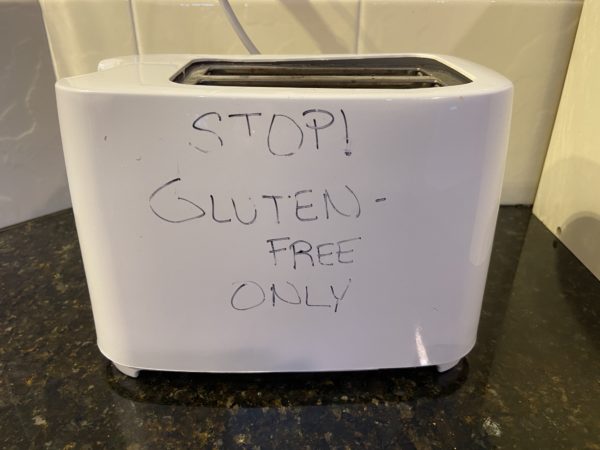
- Don’t forget the oven. If you have a self-clean cycle, use it. If not, you will need to get everywhere possible, including the racks.
- Thoroughly clean the inside of the microwave.
- If you have a dishwasher, use it to clean all your dishes, tools, and utensils.
- Create a space outside the kitchen for your friends who accidentally bring gluten into the house.
Replace the following items
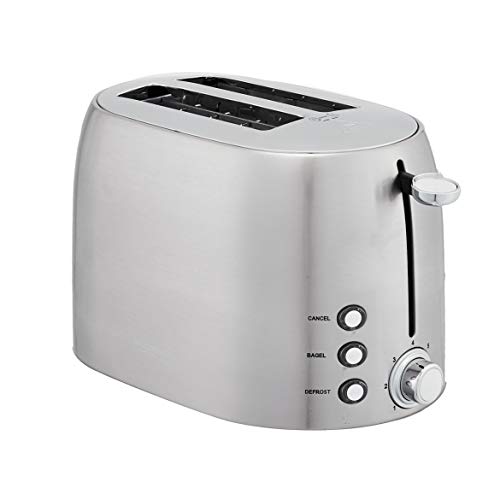
Basics 2-Slot Toaster
We recommend getting an inexpensive toaster as it only takes one slice of gluten bread to render it impossible to clean.
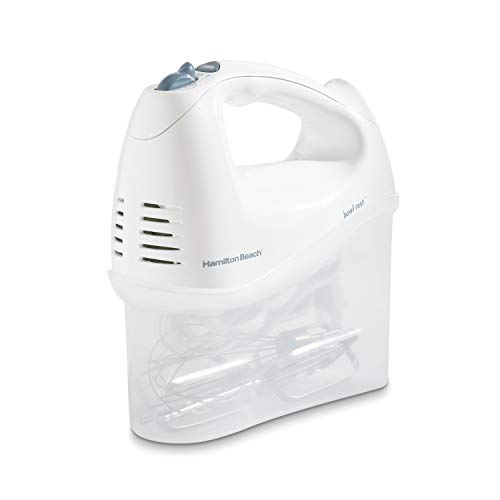
Hand Mixer
At first we thought we only needed to replace the blades, but then it was pointed out to us that the flour goes everywhere, even in the vents.
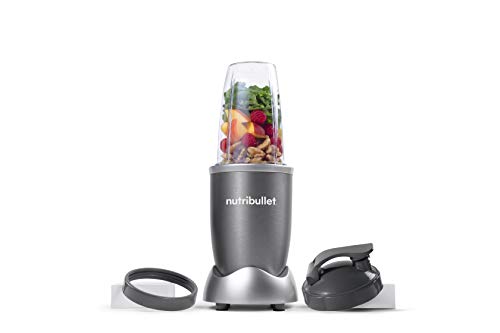
NutriBullet
I love my NutriBullet for mixing. I only needed to replace both the blades and cups.
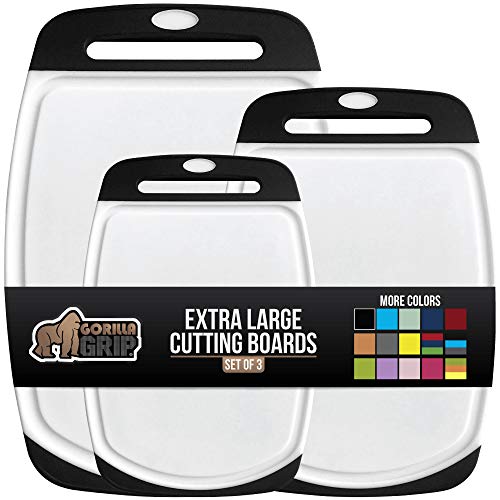
Cutting Boards
If your current boards are wood or plastic, they need to be replaced with dedicated gluten-free cutting boards.
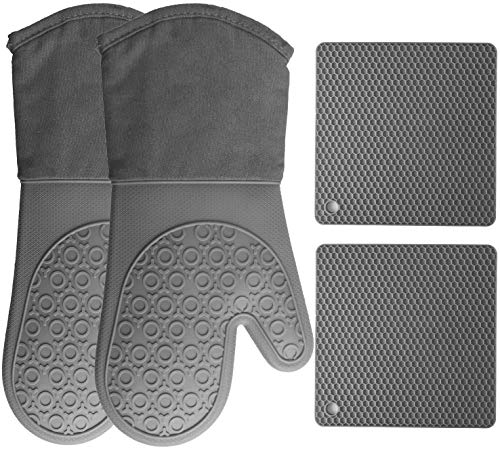
Oven Mitts and Pot Holders
If your current oven mitts are fabric, the are best replaced. Personally, we love the new silicone options.
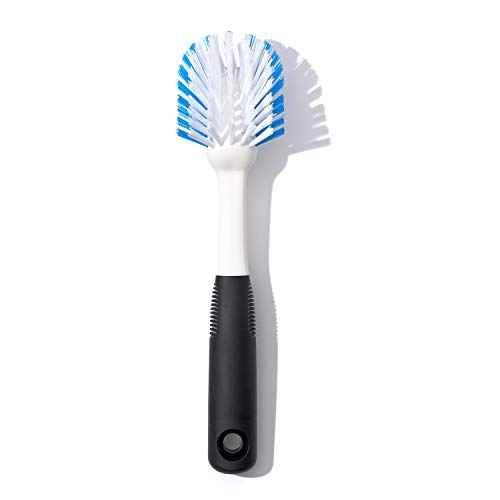
Sponge, Dish Cloth, and Dish Brush
It's impossible to clean out every little crack, so even these inexpensive cleaning supplies need to be replaced.
More to replace for your gluten free kitchen
- Any wood, plastic, or porous utensils and dishes.
- Non-stick and cast iron pans, as bits of gluten can get caught in the scratches.
- Cutting boards made from any porous materials such as wood or plastic (small cuts allow for gluten to sneak in).
- Any electronic tools that you cannot fully clean. For us this included the three above, plus our pasta maker, food processor, and sandwich press.
- Hand tools that have small spaces like the sieve, the colander, and whisk.
Move on to the food in your new gluten-free kitchen
I was surprised at how many food items I used to eat contain gluten, or traces of gluten. Be sure to check your pantry, refrigerator, and freezer (we forgot the freezer the first time).
Rather than throwing away or donating tons of food, we created a separate area, outside of the kitchen, for gluten-contaminated items that other members of the family may want to eat. However, if it needed to be chilled, frozen, or cooked, it had to go.
Cross-contamination is a big problem. We tossed just about everything that was already open.
Some of the key food items to get rid of or replace:
- Wheat, rye, or barley flour, plus any baking ingredients you have used with them.
- Anything containing wheat, rye, or barley, including bread, pasta, processed food, and cereal.
- Any spreadable with a knife jarred food (peanut butter, jam, etc).
- Check the labels on everything and look for “gluten-free.”
- Condiments, as a burger bun has most likely contaminated them.
- Spices that are not labelled as gluten-free or as being 100% the spice, especially if they contain anti-caking agents, as these could contain gluten. (Check your local laws, in New Zealand, gluten must be identified if present.
Where to start
If gluten-free eating is new to you, and you are feeling stressed out that you will never enjoy food again, then start here with these recipes that are so good you won’t believe they are gluten-free:
- Gluten-Free Chocolate Chip Cookie Recipe: So Good You’ll Forget it’s GF
- Tom Kha Gai Recipe: Our Favourite Thai Coconut Milk Soup with Chicken
- Delicious 3-Ingredient Gluten and Dairy Free Pancakes
- Or, check out all our gluten-free recipes.
- And, if you’re in Auckland (we are), and all this feels too much for you, head out to one of our favorite gluten-free restaurants.
What are your favorite tips to create a gluten-free kitchen?
More to kibitz about
Disclaimer: Statements regarding health benefits are not intended to diagnose, treat, cure, or prevent any disease or health condition.
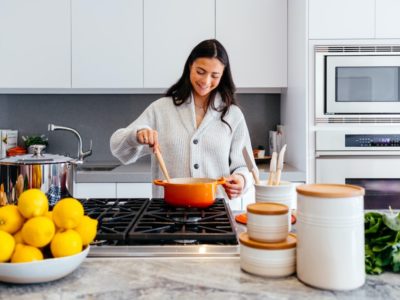

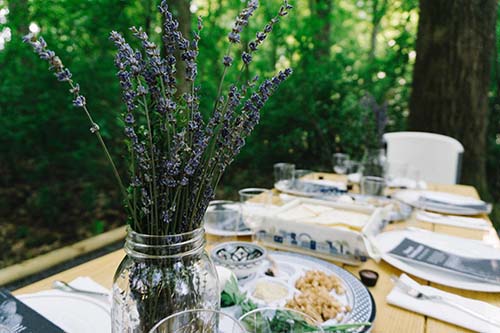

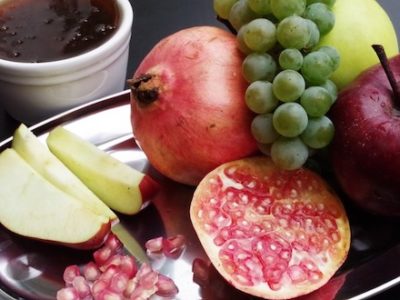

All our immediate and extended family know not to bring gluten containing foods in our house. I gave everything that we couldn’t keep to our younger daughter-she & her husband always give us freshly caught salmon, clams & halibut. Fair trade, I think. Toaster that toasted gluten bread is bagged & put away in case it’s needed. All kitchen utensils are run through the dishwasher, so hopefully that does the trick.
Sounds like you did an amazing job, and how great to get all that fresh fish!
I had no idea so much went into making a kitchen gluten free!
Such a wonderful post full of great advice Rhonda! My sister-in-law just got diagnosed as celiac so I just forwarded this post to her!
Wouldn’t have thought about all these things. A lot to do when needing to be completely gluten-free.
Great advice. I have a favourite hotel in London where the restaurant is both gluten-free and dairy-free. The executive chef said the easiest way to avoid cross-contamination was simply to go that way. You honestly wouldn’t notice with the food – it’s all excellent! But I do feel for people who need to do this – I’m sure once you are set up it’s not so bad. But to start it must be something of a nightmare!
So many great ideas! I especially love the replacements! It’s so important not to forget anything when switching to a gluten-free kitchen. Thank you for sharing!
Thank you for sharing all these tips and information. Very useful for those trying to become gluten-free.
These are amazing tips and so helpful! I’ll definitely try this. I will be tying some of theses appliances as soon as I can!
You mentioned so many things that I wouldn’t even have thought about. Thanks for this guide!
These are such helpful tips!! We are trying to go gluten free in our house so I’ll be implementing many of your suggestions this week!
These are some fantastic tips for someone looking to make their kitchen gluten-free, especially letting us know what appliances to buy!